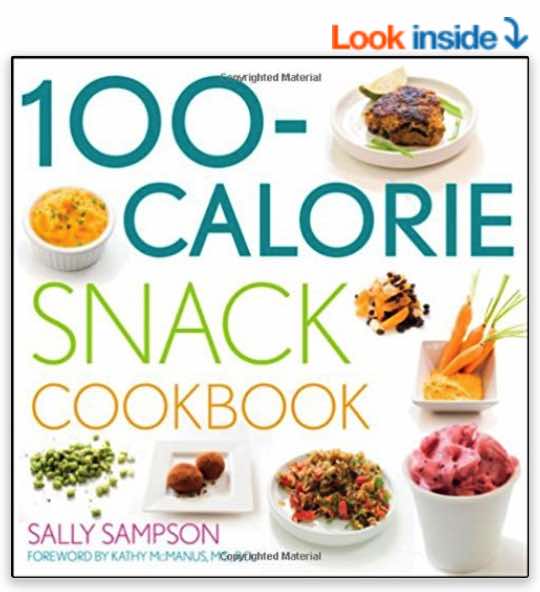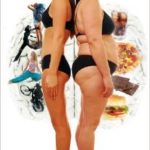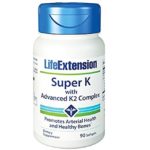With America’s obesity prevalence ratio being over 50 percent, many people have begun to take their weight more seriously.
Unfortunately, the high demand to lose weight produces an exorbitant number of fad diets that promise great results. However, the results produced by these diets are sporadic and unsustainable, often leaving the person in worse condition than when they started.
Not all new concepts are bad, however. One philosophy that has promise when implemented correctly is the 100-calorie meals concept. This concept require you to only eat meals that contain less than 100 calories. You will have to eat more often, but will still lower your overall caloric intake.
Are 100-Calorie Meals Healthy?
The immediate concern I had when initially hearing about this approach to eating was how it would impact the health. So, I will discuss this aspect first.
There are a number of things that must be considered when determining whether or not a particular nutritional plan can be considered healthy. Managing caloric intake is important; however, nutritional value must be given serious gravity in evaluating a diet plan. It is not simply how much of something a person eats, but what they are eating. For instance, 100 calories of celery will impact the body distinctively different than 100 calories of bread or pasta.

Additionally, the body’s metabolism must be considered. The average woman’s metabolic rate is approximately 1000 to 1500 calories per day. Consequently, the maximum caloric deficit that a woman would want to reach on a daily basis would be approximately 500 to 600 calories. What this means is that a woman would need to eat at least six to eight meals of 100 calories to obtain the minimum amount of calories to support the natural functions of the body.
All-in-all, if a person can find a way to ensure that they consume a healthy level of vitamins and nutrients in addition to eating frequent enough to support the body’s functions with a sufficient amount of calories, then this plan can work.
To help you get started in creating your own diet plan, I made this list of foods that are high in nutrients and low in caloric content:
- Kale
- Celery
- Spinach
- Citrus fruit
- Broccoli
Incorporating foods, such as the ones above, will allow you to have larger size portions with each meal without exceeding your 100-calorie limit.
Is the Meal Plan Effective?
Now that we know that the plan can be healthy when properly implemented, we must determine if it will be effective. Can this plan help you lose weight?
Furthermore, is it a sustainable process that will allow you to maintain the proper weight once you have obtained it?
Generally speaking, the fact that you would be eating smaller portions, and eating them more frequently means that your metabolism will be stimulated, subsequently allowing you to burn more calories per day.
The key will be to ensure that you keep your body in a caloric deficit while maintaining the daily recommended intake of vitamins and nutrients. It is actually very simple; if you place your body in a caloric deficit, you’re going to lose weight.
You may run into some challenges with this concept when it comes to stability. Finding under-100-calorie meals that will provide the feeling of being full long enough to make it to the next meal is vital. If the meal does not provide a full feeling, you will be tempted to eat more, thereby negating the effect of the concept.
A Simple 100-Calorie Recipe
The web has no shortage of 100-calorie meals recipes that you can easily put together in the comfort of your own home. I would avoid the urge to buy the prepackaged packs that are being sold. This is simply because I equate packaged food with processed food, and processed food is extremely harmful to your health. Instead, use fresh organic food.
You can try the following recipe to see how you like it.
Spicy Lime Grilled Shrimp
Not only are shrimps healthy, but they are a great source of low-calorie protein. The necessary ingredients are as follows:
- 3 tablespoons of Cajun seasoning (keep in mind that seasoning does have calories in it)
- 1 lime, juiced
- 1 tablespoon of coconut oil (in lieu of vegetable oil)
- 1 pound of medium peeled and deveined shrimp
Directions: Mix the lime juice seasoning and coconut oil together in a medium size plastic bag, and then add the shrimp. Shake the bag until the shrimp are all evenly covered. You can either grill them as kabobs or pan sear them to seal in the taste. With six to ten of these shrimp equaling a hundred calories, this meal will serve four or more.
Conclusion
The concept of 100-calorie meals has great promise when it is properly implemented. The key to success is to consume enough calories, vitamins and nutrients to support your bodily functions but not enough to cover the full amount of calories you burn. If you can find and maintain this delicate balance you will lose weight for sure.
Remember to consult your doctor before making any significant changes to your diet.


